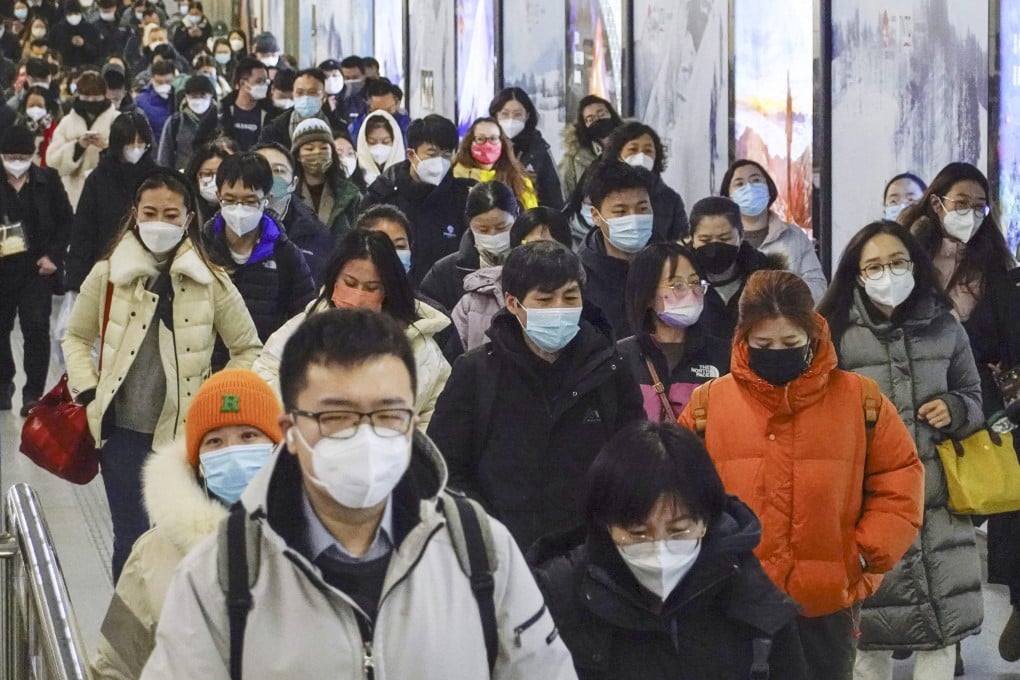Advertisement
Explainer | How bad is China’s Covid crisis and should the rest of the world be worried?
- With millions of people on the move for the Lunar New Year holiday, the virus is expected to reach even the most remote parts of the country
- Amid questions over the death toll and demands for more data transparency, many places have imposed restrictions on Chinese travellers
Reading Time:5 minutes
Why you can trust SCMP
14

The coronavirus has been ripping through China since it abandoned its zero-Covid policy on December 7, and the world is watching to see the impact of the surge in cases.
With the borders reopened, many countries are concerned about how China’s Covid-19 crisis could affect their populations and have imposed restrictions on Chinese travellers. Beijing has retaliated, clashing with the US, South Korea and Japan over the curbs.
While Chinese state media reports suggest the peak of the Covid tsunami is over, experts say the Lunar New Year holiday – with millions of people on the move across the country – could prolong the outbreak.
Advertisement
There are also questions about the death toll since China scrapped its tough pandemic controls; other countries have seen a jump in deaths when cases have surged because of the more transmissible variants.
This is what we know so far.
How severe has the situation been?
China’s Covid tsunami appears to have been sharp and quick, with a huge number of people infected in a short period of time. But the government stopped releasing daily case numbers on December 25, after it downgraded Covid-19 from the top infectious diseases category.
Advertisement
Select Voice
Choose your listening speed
Get through articles 2x faster
1.25x
250 WPM
Slow
Average
Fast
1.25x
